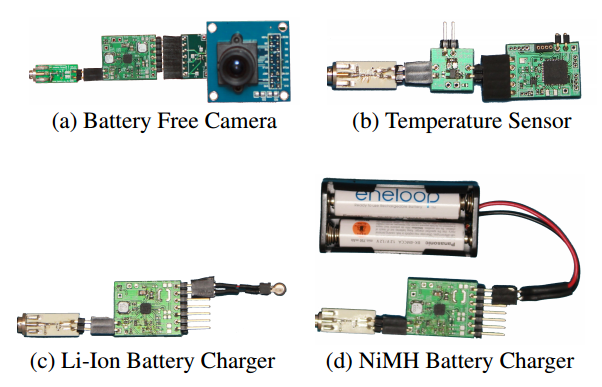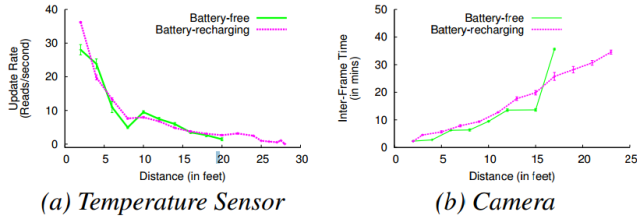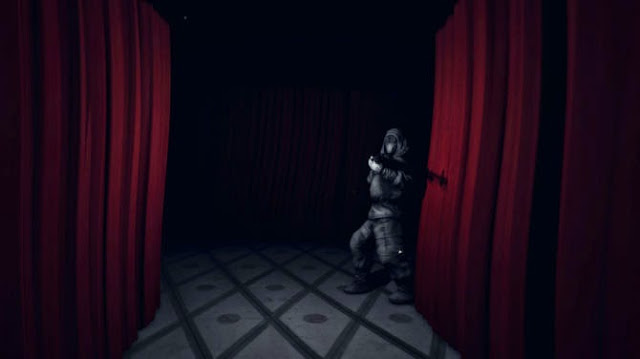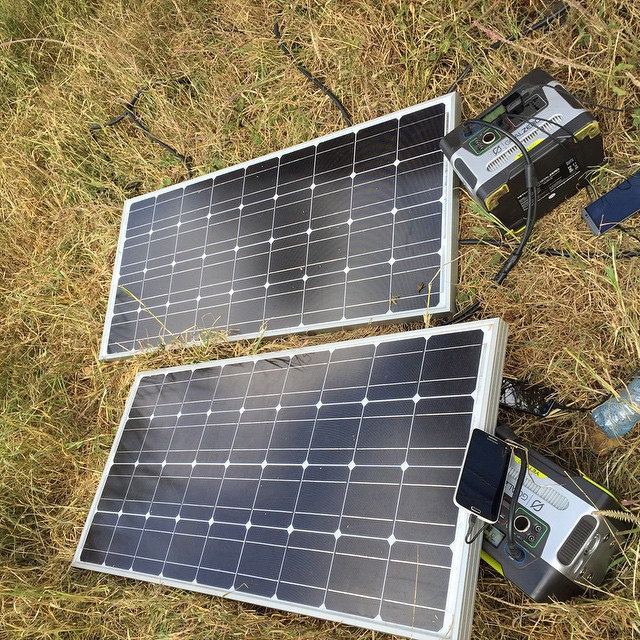

Are you sick of having to plug devices into the wall for power, or recharge and replace batteries? It would be nice to power a device without having to remember to do those things, wouldn’t it?
There is a whole new level of freedom for harvesting energy right around the corner. A power source that is becoming more common each day around the world could completely change the way we charge.
Power Over Wi-Fi (PoWiFi) is an innovative new technology developed by researchers at the University of Washington (UW) that could someday power devices simply by leaving them in a Wi-Fi zone.
PoWiFi: Power over Wi-Fi. A method of charging electronic devices through the air by harvesting energy from Wi-Fi signals. #JargonWatch
— WIRED (@WIRED) September 18, 2015
With PoWiFi, your wireless router would send power packets out to nearby devices in order to charge or power them all the while sending regular data packets to computers for things like emails, cat videos, tech articles, etc.
It works because routers constantly “leak” an as-yet untapped, ambient Wi-Fi signal that could meet the energy requirements of low-power devices.

The UW team’s PoWiFi system consists of a firmware update for routers plus hardware for energy-harvesting sensors.
The routers are optimized to 1) strengthen the Wi-Fi signal to hit the energy requirements of usefulness, and 2) send the power packets on unused Wi-Fi channels. The energy-harvesting sensors take in the power packets and convert them for the device.
.@UW's PoWiFI system named one of the year's game-changing technologies https://t.co/tpI6JD7J5w #EurekAlertTrending pic.twitter.com/IOVltVw4Wq
— EurekAlert! (@EurekAlertAAAS) November 22, 2015
Can you imagine that? We would be able to harness a whole new source of power that already happens to be out there, right now, untapped.
PoWiFi can power devices up to 17-28 feet away from a normal Wi-Fi router. That means you can be charging batteries just by having them in the right room. No need to take up a wall socket or keep them on small rectangular charging pads.
To prove their concept, the UW researchers have already used PoWiFi to power devices like a simple temperature sensor, a grayscale camera with low resolution, and the charger for a Jawbone Up24 wearable fitness tracker.

They also adapted their sensors to trickle charge 2.4V nickel–metal hydride (NiMH) and 3.0V lithium-ion (Li-Ion) coin-cell batteries.
In other words, this isn’t just theoretical hype that’s going to fade once we find out that the theory doesn’t work. PoWiFi actually works. It’s already here.
The UW researchers have already launched the PoWiFi system in six homes in a metropolitan area and measured the impact on the residents’ browsing experiences.
Browsing speeds were hardly slowed down at all with PoWiFi in place, and users typically didn’t notice a difference. With that test, the researchers demonstrated that the system can work in real-world networking situations, and won’t create a nuisance.
The Internet of Things is an area of innovation that embeds computing sensors in everyday objects. This gives them network connectivity and the ability to sense things about the world to intelligently change the way they behave depending on proximity and context.
Makers and DIY-ers are constantly working on new ways to smarten up ordinary objects in our lives, but electrical sensors in these projects need power all the time, especially if they are intended to respond to environmental triggers.
If PoWiFi was widespread and these designs didn’t need to be plugged in or a regular battery change (imagine if the object is mounted in a hard-to-reach spot, like a motion-triggered camera might be), it opens up a wide world of things inventors of tomorrow can create.
Who doesn’t love inventor, electrical engineer, and famed futurist of the late 19th-early 20th century, Nikola Tesla? As the UW researchers mentioned in their paper, Tesla dreamed of eliminating wires for both power and communication.
We’ve got reliable wireless communication around the world, so power must be next. PoWiFi could make it happen. It may even be the winner in the Tesla theory: the race to wireless power.
Lastly, let’s talk a little bit about the downsides.
First, there’s an important relationship in the distance between PoWiFi routers and the objects harvesting energy. As these graphs from the UW’s final research paper (PDF) illustrate, if the object is further away from the router, it takes longer to draw the power to do its work.

In the case of the temperature sensor, if it’s further away from the router, it takes a reading less often. In the case of the camera, if it’s further away from the router, it takes longer to charge up to take a photo. So, in the event that PoWiFi is in our homes, we will still want to keep our devices as close to the power source as possible.
There’s another drawback to this technology: it won’t power your smartphone (as Rhett Allain from WIRED laments). As the researchers point out, the Federal Communications Commission (FCC) limits the ISM bands of the radio frequency spectrum to 1 Watt. Smartphones run at 5 Watts, so they won’t be able to draw enough power from PoWiFi technology.
Finally, it’s unclear when PoWiFi would be commercially viable. Technology like this can last years in testing and development to work out the kinks, refine the product, and make it reliable enough for the general public to use.
Wire-free charging has been around for a few years. Check out this demonstration of wireless electricity from 2009 by Eric Giler, a wireless electrician and the CEO of WiTricity:
Other companies are exploring other technologies to charge and transmit power wirelessly, too. This year, Energous created a Radio Frequency (RF) device called WattUp that will let your battery-operated devices receive a charge from within a thirty-foot range.
For wireless power you can actually use today, you can buy wireless power banks like the RAVpower wireless power bank to charge smartphones and other devices.
If we ever get to see PoWiFi in real life, I think it would change our lives. Slowly at first, then all at once.
What about you: If you could leave a device just lying around near your Wi-Fi router to power or charge it, what would it be? And how big of a disappointment is it that it won’t power a smartphone?
Image Credit: Wi-Fi-powered Surveillance Camera by Dennis Wise via University of Washington, Prototype hardware demonstrating PoWiFi’s potential via University of Washington.




 Lego Pirates of the Caribbean Achievements list
Lego Pirates of the Caribbean Achievements list Hektor (PC) video game - beginners guide
Hektor (PC) video game - beginners guide Fallout 4: All Companions, Locations, and Quests
Fallout 4: All Companions, Locations, and Quests Bloodborne: The Old Hunters - All new weapon locations
Bloodborne: The Old Hunters - All new weapon locations How Residential Solar Power Kits Can Keep You Online During Outages
How Residential Solar Power Kits Can Keep You Online During Outages